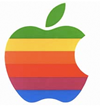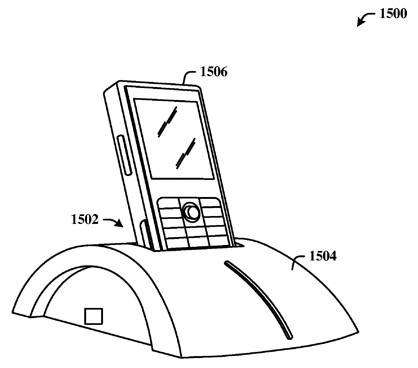Just as giving wasabi ice cream to children is a bad idea, the notion that Microsoft could actually duplicate the success of Apple’s retail stores might be equally unpalatable. But damn the torpedoes, it is going ahead and trying it anyway and has recruited a new executive to head the charge.
Today, Microsoft announced that it has plans to open branded retail stores as part of its marketing mix to promote Windows 7, and its Windows Mobile and Windows Live offerings. “The purpose of opening these stores is to create deeper engagement with consumers and continue to learn firsthand about what they want and how they buy,” a company press release stated.
Redmond has charged David Porter, a new Microsoft corporate vice president, to head up its retail store efforts. Porter will draw on his retail experience as a 25-year Wal-Mart veteran as he attempts to “transform” the PC and Microsoft buying experience by engaging directly with customers and demonstrating Microsoft’s “innovation and value proposition.”
The retail push will be part of a long-term effort that the company says will be sustained by Porter’s “deep retail roots and distribution understanding.” Porter will work in close partnership with leaders of existing retail programs in Microsoft’s Entertainment and Devices Division, and he’ll need all the help that he can get.
Microsoft’s core business is software whereas Apple sells complete systems (and Apple Stores provide an experience). Selling software in retail stores should be about as successful as opening a video rental business in 2010.
When I randomly pinged a friend to solicit his opinion, he said, “I don’t get the point of that, what are they gonna sell–Xboxes?” and another said, “That’s a company that has no grasp of their brand image.” The opinion of two people is not exactly gospel, but it does underscore the challenges that Microsoft faces. It simply does not have the same customer affinity as Apple does.
It makes sense for Microsoft to open online stores to sell its stuff, but incurring hefty operational expenses for what sounds more like a marketing initiative than a successful business model is a dog that just won”t hunt.

 Twitter may yet prove that it is more than the gilded plaything of venture capitalists , and a productivity killer for those of us who tweet while we should be working. In an interview with UK-based Marketing newspaper, co-founder Biz Stone said that the company was identifying ways to
Twitter may yet prove that it is more than the gilded plaything of venture capitalists , and a productivity killer for those of us who tweet while we should be working. In an interview with UK-based Marketing newspaper, co-founder Biz Stone said that the company was identifying ways to 
 Zune phones are likely on their way, but don’t expect them to be produced by Microsoft, Mary-Jo Foley is reporting. Instead, Microsoft will be attempting reproduce the success of its PC business by providing devices makers with
Zune phones are likely on their way, but don’t expect them to be produced by Microsoft, Mary-Jo Foley is reporting. Instead, Microsoft will be attempting reproduce the success of its PC business by providing devices makers with  Visions of the “digital living room” having been dancing in the heads of industry leaders for over a decade, but no one solution has broken into the mainstream. Now, Apple may be preparing for a significant push based on the success of iTunes and the iPod. Or so predicts analyst Gene Munster of investment bank Piper Jaffray, which thinks that Apple will give it a shot by introducing its own brand of networked television.
Visions of the “digital living room” having been dancing in the heads of industry leaders for over a decade, but no one solution has broken into the mainstream. Now, Apple may be preparing for a significant push based on the success of iTunes and the iPod. Or so predicts analyst Gene Munster of investment bank Piper Jaffray, which thinks that Apple will give it a shot by introducing its own brand of networked television. Windows Vista has been available for over two years now, but Windows XP has proven its staying power. It remains the dominant desktop operating system for businesses in Europe and North America, according to a
Windows Vista has been available for over two years now, but Windows XP has proven its staying power. It remains the dominant desktop operating system for businesses in Europe and North America, according to a 